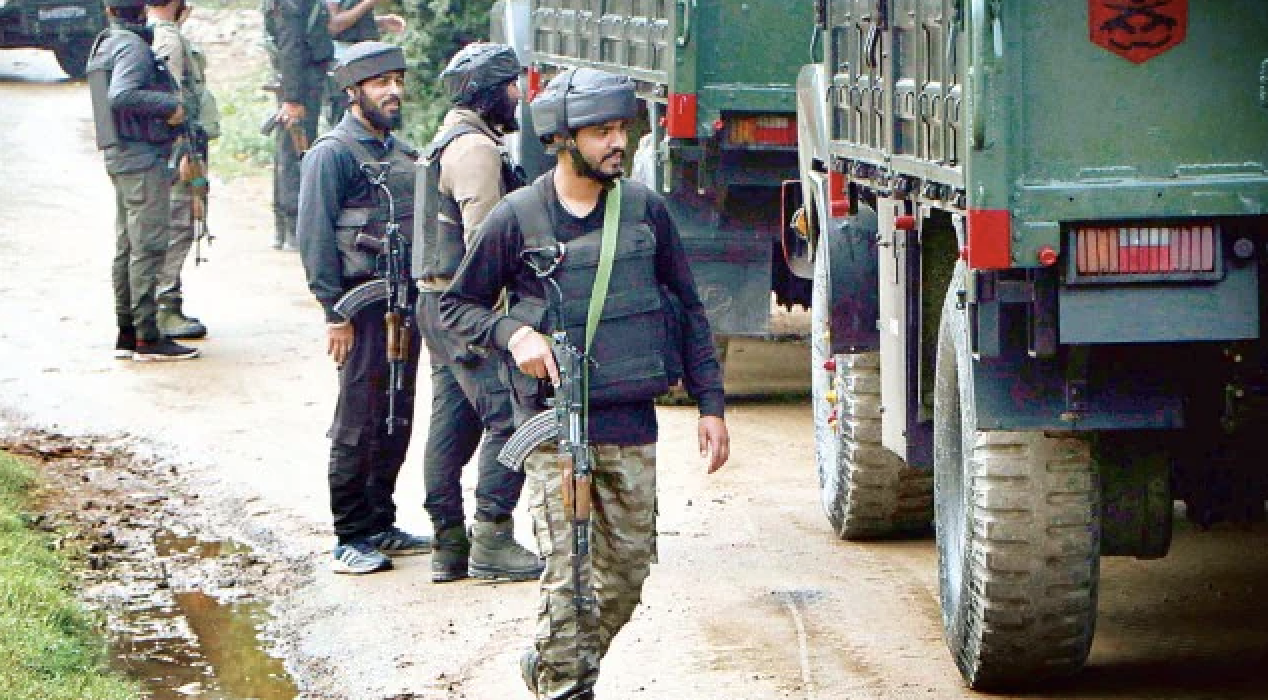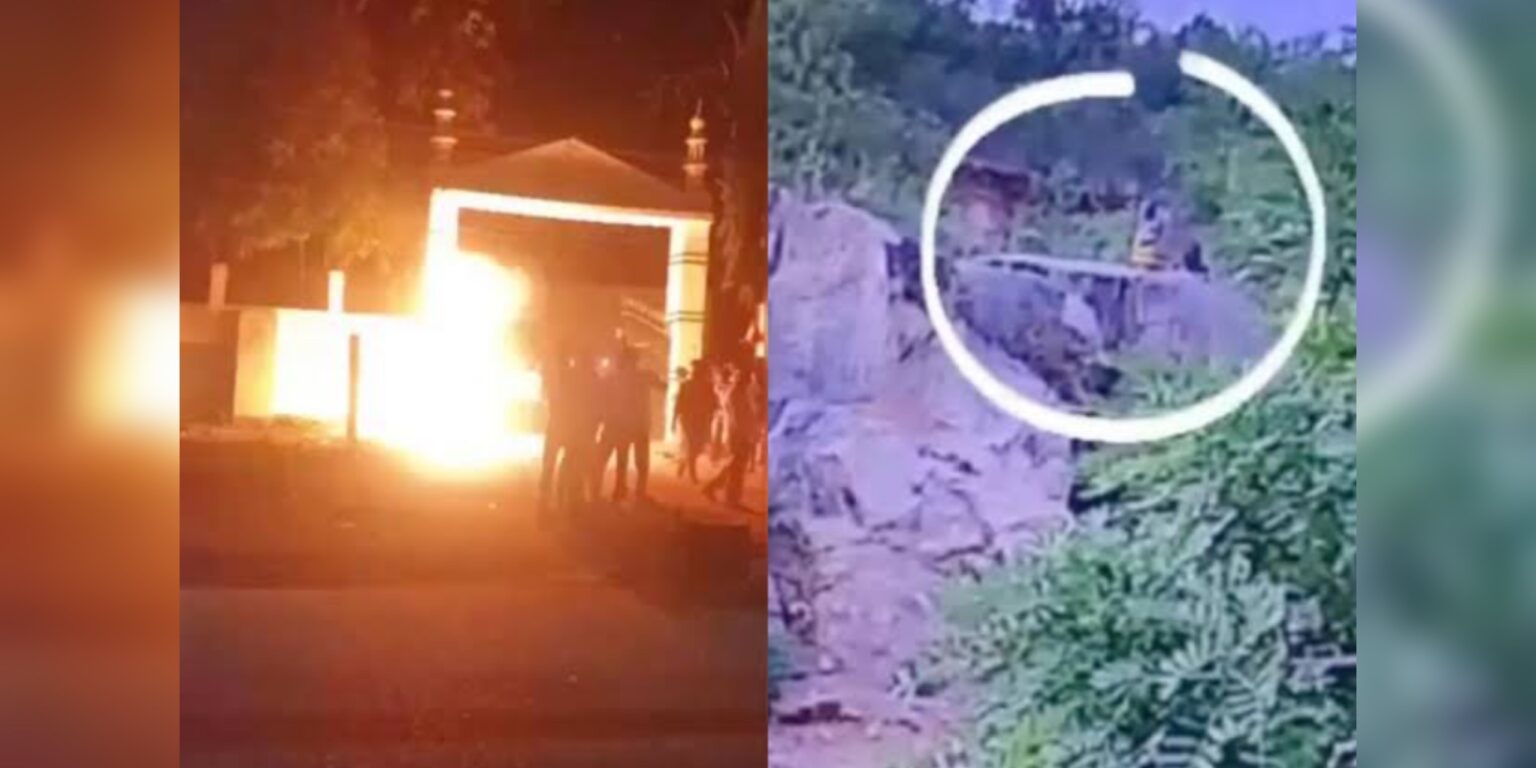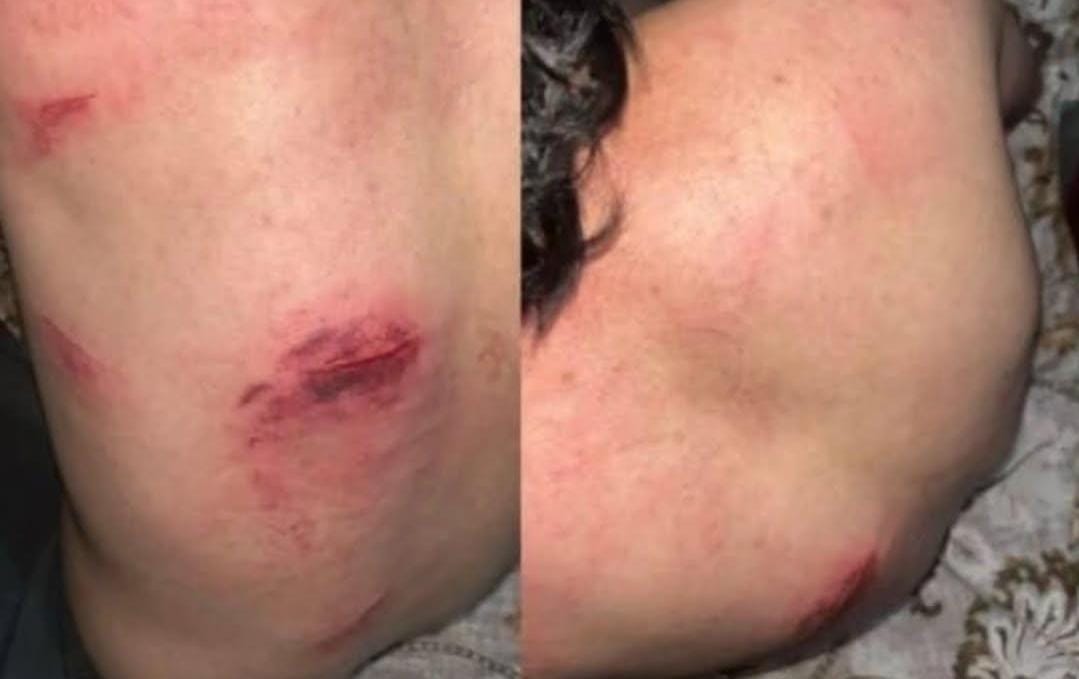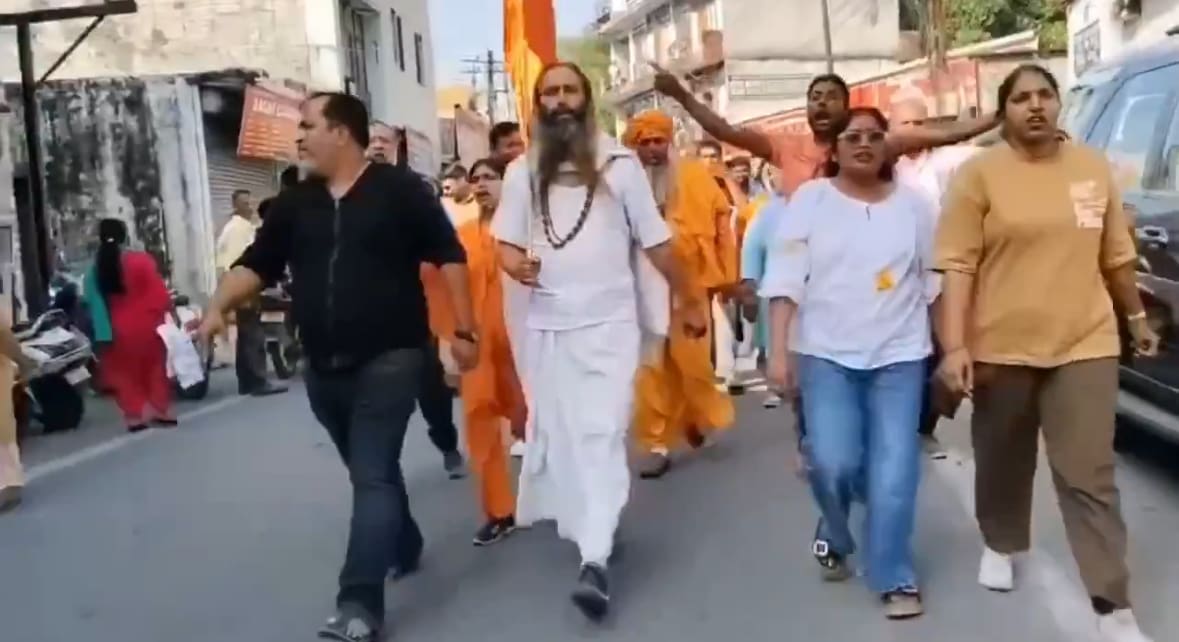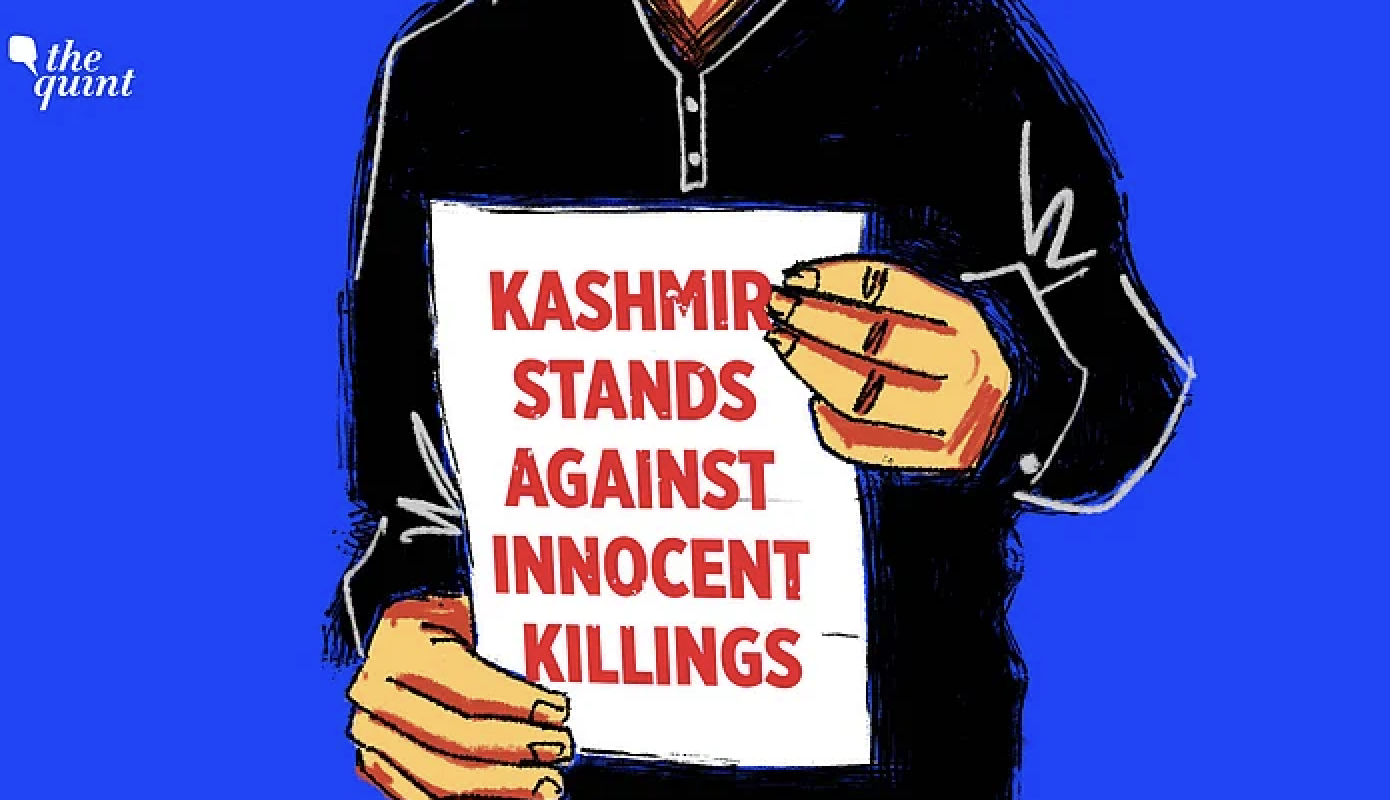
By Leena Misra / The Indian Express
AS you enter Godhra, the polluted air from the dusty stone quarries on either side of the road sticks to you until you reach Signal Falia, the neighbourhood from where most of those accused for the attack on the Sabarmati Express on February 27, 2002, were arrested. Coach, S-6, was set on fire killing 59 passengers, mainly kar sewaks returning from Ayodhya — that spark set off riots across the state in which over 1,200 people, mainly Muslim, were killed.
The railway platform is deserted but for a woman who sits on a flattened cardboard box with her bags; a couple of youths loitering with backpacks; a few men in the ticket reservation queue. The lockdown’s been lifted but on Platform 1, the colourful vendor cabins are shut, a construction crew works on the foundation for a foot overbridge.
On tracks covered with overgrown foliage, far away from the platform, stands the burnt S-6 coach, and the adjacent S-5, a barbed wire mesh restricting entry. Twenty years later, the floor of the coach has disintegrated, only the skeletal frames of the berths remain.
A woman washes clothes on the plinth meant for two security personnel guarding the coaches. She says she’s been coming here for 20 years, there’s a water shortage in her area and a running tap here. Ask her about that day and she says she was at a wedding when the “incident” happened.
Not just her water supply, on the ground, little has changed visibly by way of infrastructure. Roads are still barely motorable. Bilal Hayat, a welder who lives in Signal Falia, says the railway underpass “has not been repaired for the last 30 years”. One thing that’s come up is a high wall between the railway station and Signal Falia.
Ask local leaders why vikas has eluded the town and they all point to the Shri Govind Guru University (SGGU) set up in 2015.
Pankti Soni, 27, a gold medalist in LLB from SGGU, says she had to go to Ahmedabad for an undergraduate education (she holds a BBA degree) as “there are no English-medium colleges in Godhra”.
The university has 96 affiliated colleges. Pankti was in Class 1 when the Sabarmati Express was attacked. Her only memory is they were sent home from school as curfew was imposed. “It happened on that (Muslim) side…Today whenever someone hears I am from Godhra, the reaction is “woh riotwala? (Where the riots happened)… if you want to do a job, Godhra is not the place,” she says.
Mahejbin Shekh, 22, a class topper, has enrolled for a PhD at SGGU. Living in Vejalpur, on Godhra’s outskirts, she is the only one in her family of a brother and three sisters to have studied this far. “When I was doing B.Com, there was not a single Muslim student in my class,” she says.
Mahejbin has a vague memory of attending her aunt’s engagement when riots broke out on February 28, 2002 and “we stayed back at Nana’s (grandfather’s) place in Kalol instead of returning home”, she says. “Do hazaar do (2002)” is how people refer to the incident, she says, adding that it has had little impact on their lives. “I have Hindu friends”, she says.
This article first appeared on indianexpress.com


